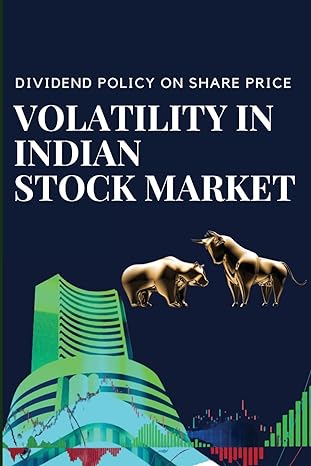Answered step by step
Verified Expert Solution
Question
1 Approved Answer
Refer to Table 10-1, which is based on bonds paying 10 percent interest for 20 years. Assume interest rates in the market (yield to maturity)
Refer to Table 10-1, which is based on bonds paying 10 percent interest for 20 years. Assume interest rates in the market (yield to maturity) decline from 16 percent to 12 percent.
Table 10-1 Bond price table
| (10% Interest Payment, 20 Years to Maturity) | |||||
|---|---|---|---|---|---|
| Yield to Maturity | PV of Coupons | PV of Principal | Bond Price | ||
| 2% | $ 1,635.14 | + | $ 672.97 | = | $ 2,308.11 |
| 4% | 1,359.03 | + | 456.39 | = | 1,815.42 |
| 6% | 1,146.99 | + | 311.80 | = | 1,458.80 |
| 7% | 1,059.40 | + | 258.42 | = | 1,317.82 |
| 8% | 981.81 | + | 214.55 | = | 1,196.36 |
| 9% | 912.85 | + | 178.43 | = | 1,091.29 |
| 10% | 851.36 | + | 148.64 | = | 1,000.00 |
| 11% | 796.33 | + | 124.03 | = | 920.37 |
| 12% | 746.94 | + | 103.67 | = | 850.61 |
| 13% | 702.48 | + | 86.78 | = | 789.26 |
| 14% | 662.31 | + | 72.76 | = | 735.07 |
| 16% | 592.88 | + | 51.39 | = | 644.27 |
| 20% | 486.96 | + | 26.08 | = | 513.04 |
| 25% | 395.39 | + | 11.53 | = | 406.92 |
A. What is the bond at 16%
B. What is the bond at 12%
C.
What would be your percentage return on investment if you bought when rates were 16 percent and sold when rates were 12 percent?
Note: Do not round intermediate calculations. Input your answer as a percent rounded to 2 decimal places.
Return on investment
Step by Step Solution
There are 3 Steps involved in it
Step: 1

Get Instant Access to Expert-Tailored Solutions
See step-by-step solutions with expert insights and AI powered tools for academic success
Step: 2

Step: 3

Ace Your Homework with AI
Get the answers you need in no time with our AI-driven, step-by-step assistance
Get Started


